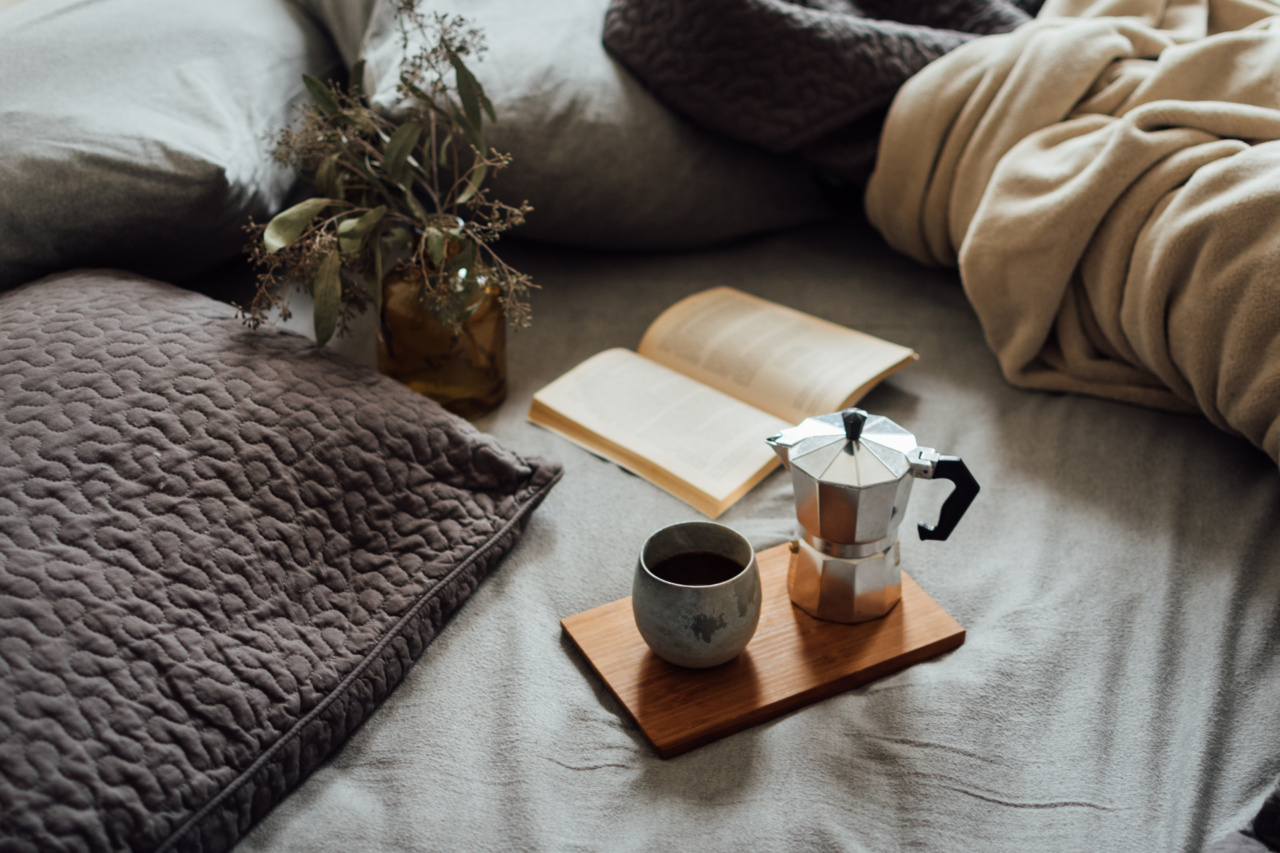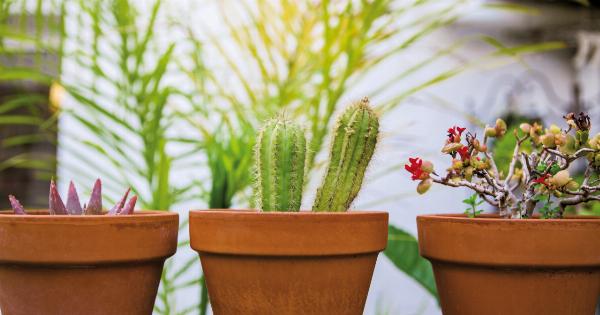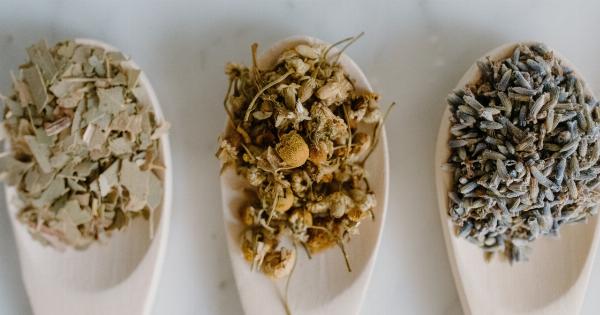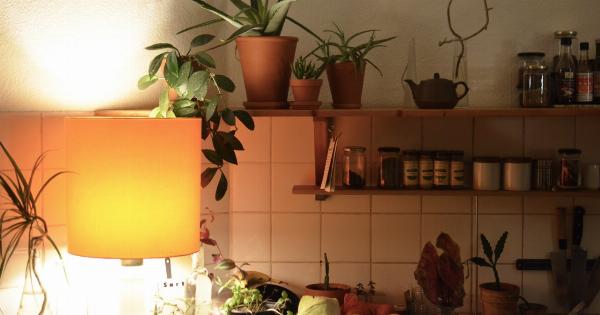Welcome to our guide on how to bring tranquility to your bedroom with indoor plants. Your bedroom should be a peaceful sanctuary where you can relax and unwind after a long day.
Adding indoor plants to your bedroom not only adds a touch of natural beauty but also offers several health benefits. In this article, we will explore the best indoor plants for bedrooms and provide tips on how to care for them to create a calming and serene environment.
1. Lavender Plant
Lavender is a popular choice for bedrooms due to its calming scent and beautiful purple flowers. The fragrance of lavender has been scientifically proven to reduce stress, anxiety, and promote better sleep.
Place a potted lavender plant on your nightstand or near a window to enjoy its soothing aroma.
2. Snake Plant
The snake plant, also known as mother-in-law’s tongue, is a hardy indoor plant that requires minimal care. It is known for its air-purifying abilities, making it an excellent choice for bedrooms.
The snake plant releases oxygen at night, improving air quality and helping you breathe better while you sleep.
3. Peace Lily
The peace lily is an elegant plant with glossy green leaves and white flowers. It not only adds a touch of beauty to your bedroom but also acts as a natural air purifier, removing toxins from the air.
The peace lily thrives in low light conditions, making it perfect for bedrooms with minimal sunlight.
4. Aloe Vera
Aloe vera is a versatile indoor plant that offers numerous benefits. Apart from its medicinal properties, aloe vera also acts as an air purifier by removing harmful pollutants from the air. It releases oxygen at night, helping you sleep better.
Aloe vera plants are easy to care for and require minimal watering.
5. English Ivy
English ivy is a popular trailing plant that can be easily hung from a ceiling or placed on a high shelf. It is known for its ability to reduce airborne allergens and mold spores, making it beneficial for people with allergies or respiratory issues.
The lush green leaves of English ivy create a calming and serene atmosphere in your bedroom.
6. Boston Fern
The Boston fern is a classic choice for bedrooms due to its feathery fronds and air-purifying qualities. It helps to remove toxins from the air and adds a touch of elegance to your bedroom decor.
The Boston fern requires high humidity, so it’s important to mist it with water regularly to keep it happy.
7. Spider Plant
The spider plant is one of the easiest indoor plants to care for, making it a popular choice for beginners. It has long, arching leaves with white stripes, giving it a unique and attractive appearance.
The spider plant helps to improve indoor air quality by removing formaldehyde and other toxins.
8. Jasmine
Jasmine is a fragrant flowering plant that can fill your bedroom with a delightful scent. Its sweet aroma has been shown to have calming effects, reducing anxiety and promoting better sleep quality.
Place a jasmine plant near your bed or on a window sill to enjoy its beautiful flowers and soothing fragrance.
9. Golden Pothos
The golden pothos is a versatile and low-maintenance indoor plant that thrives in different lighting conditions. Its trailing vines can be hung from the ceiling or placed on a high shelf, adding a touch of greenery to your bedroom.
The golden pothos is known for its ability to remove formaldehyde and other toxins from the air.
10. Rubber Plant
The rubber plant is a popular choice for bedrooms due to its large, dark green leaves and low maintenance requirements. It adds a touch of lushness and elegance to your bedroom decor.
The rubber plant is known for its air-purifying abilities, removing toxins and improving indoor air quality.
Caring for Your Indoor Plants
Now that you know the best indoor plants for your bedroom, it’s important to understand how to care for them to ensure they thrive and bring tranquility to your space.
Here are some general tips for caring for indoor plants:.
1. Light and Temperature
Most indoor plants prefer bright, indirect light. Place your plants near windows but avoid exposing them to direct sunlight, as it can scorch their leaves. Additionally, make sure you choose plants that thrive in the temperature range of your bedroom.
Some plants prefer cool temperatures, while others thrive in warmer environments.
2. Watering
It’s crucial to water your indoor plants correctly to prevent overwatering or underwatering. The watering needs of plants vary, so it’s important to research the specific requirements of each plant.
As a general rule, water your plants when the top inch of soil feels dry to the touch. Avoid overwatering, as it can lead to root rot.
3. Humidity
Some indoor plants, such as ferns and orchids, require higher humidity levels to thrive. If your bedroom has low humidity, you can increase it by placing a humidifier nearby or misting your plants with water regularly.
This will help keep your plants happy and prevent their leaves from drying out.
4. Fertilizing
Indoor plants typically require fertilization during the growing season to provide them with essential nutrients. Use a balanced, water-soluble fertilizer and follow the instructions on the packaging.
Over-fertilizing can harm your plants, so it’s important to follow the recommended dosage.
Conclusion
Indoor plants are not only aesthetically pleasing but can also bring tranquility and a sense of calm to your bedroom. From lavender plants to snake plants, there are numerous options to choose from, depending on your preferences and care abilities.
By incorporating these plants into your bedroom and providing them with the proper care, you can create a soothing and peaceful environment that promotes relaxation and restful sleep.



























